How To Record Overhead Video With Phone ?
To record overhead video with a phone, you can use a phone holder or tripod to position the phone above the subject. You can also use a selfie stick or a flexible arm to hold the phone in place. Once the phone is in position, you can use the built-in camera app or a third-party app to start recording. Make sure to adjust the camera settings, such as exposure and focus, to get the best results. Additionally, you can use editing software to enhance the video and add effects or text overlays.
1、 Phone camera settings for overhead video
How to record overhead video with phone:
Recording overhead videos with your phone can be a bit tricky, but with the right setup, it can be done easily. Here are some steps to follow:
1. Find a stable surface: Look for a stable surface to place your phone on. This could be a tripod, a stack of books, or any other stable surface that can hold your phone steady.
2. Position your phone: Once you have found a stable surface, position your phone so that it is directly above the subject you want to record. You can use the grid lines on your phone's camera app to help you position it correctly.
3. Use a remote shutter: To avoid shaking the camera while recording, use a remote shutter to start and stop the recording. You can use a Bluetooth remote or even the volume buttons on your headphones to control the camera.
4. Use good lighting: Make sure the subject is well-lit. You can use natural light or artificial light sources to illuminate the subject.
5. Use a wide-angle lens: If you want to capture a larger area, use a wide-angle lens attachment for your phone's camera.
Phone camera settings for overhead video:
To get the best results when recording overhead videos with your phone, you need to adjust the camera settings. Here are some tips:
1. Use the highest resolution: Set your camera to the highest resolution available. This will ensure that your video is clear and sharp.
2. Adjust the exposure: If the subject is too bright or too dark, adjust the exposure settings on your camera. You can do this by tapping on the subject on your phone's screen and adjusting the exposure slider.
3. Use manual focus: If your phone's camera app allows it, use manual focus to ensure that the subject is in focus.
4. Use the right frame rate: Depending on what you're recording, you may need to adjust the frame rate. For example, if you're recording a fast-moving subject, you may need to use a higher frame rate to capture the action.
5. Use the right white balance: Adjust the white balance settings on your camera to ensure that the colors in your video are accurate.
In conclusion, recording overhead videos with your phone requires a bit of setup and adjustment, but with the right techniques, you can get great results.

2、 DIY overhead phone mount options
DIY overhead phone mount options are a great way to record overhead videos with your phone. There are several options available that are easy to make and use. One popular option is to use a tripod with a phone holder attachment. Simply attach the phone holder to the tripod and position it overhead. This is a great option for those who already have a tripod and phone holder.
Another option is to create a DIY overhead phone mount using PVC pipes. This option requires a bit more effort, but it is a cost-effective solution. Simply cut the PVC pipes to the desired length and attach them together using elbow joints. Then, attach a phone holder to the top of the PVC pipes and position it overhead.
If you're looking for a more portable option, you can create a DIY overhead phone mount using a selfie stick and a clamp. Simply attach the clamp to the end of the selfie stick and position it overhead. This option is great for those who want to record overhead videos on the go.
When recording overhead videos with your phone, it's important to ensure that the lighting is adequate and that the phone is stable. You can use natural light or a ring light to ensure that the lighting is optimal. Additionally, you can use a stabilizer or tripod to ensure that the phone is stable and the video is smooth.
In conclusion, DIY overhead phone mount options are a great way to record overhead videos with your phone. Whether you choose to use a tripod, PVC pipes, or a selfie stick, it's important to ensure that the lighting is adequate and that the phone is stable. With these tips, you can create high-quality overhead videos with your phone.
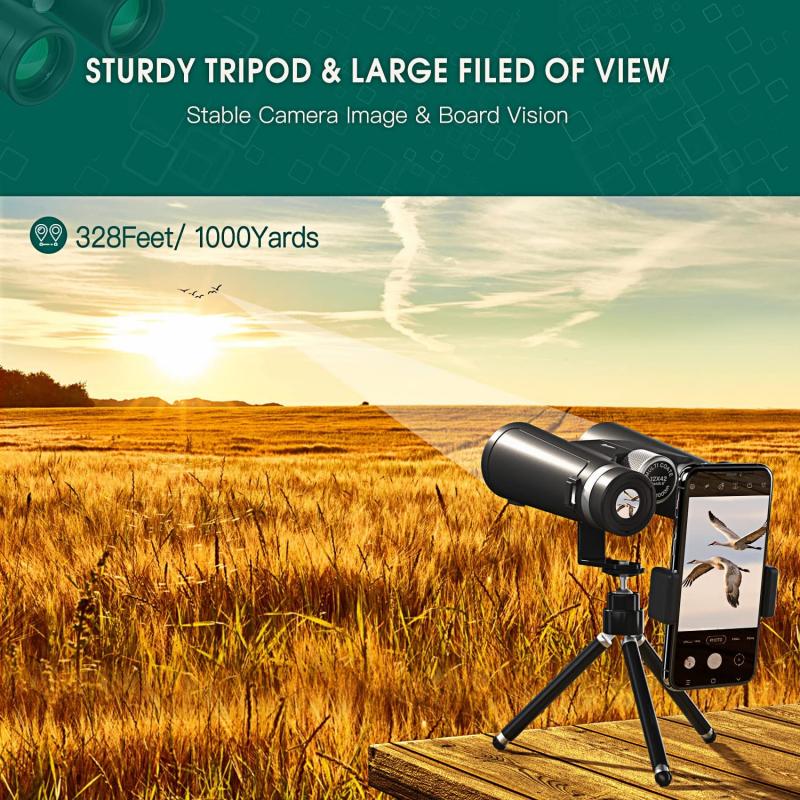
3、 Lighting considerations for overhead video
How to record overhead video with phone:
Recording overhead videos with your phone is a great way to create engaging content for social media or instructional videos. Here are some steps to follow:
1. Find a stable surface: Look for a stable surface to place your phone on. A tripod or a phone holder can be used to keep your phone steady.
2. Position your phone: Position your phone directly above the subject you want to record. Make sure the camera lens is facing downwards.
3. Use the right app: Use an app that allows you to flip the camera view so that you can see what you are recording.
4. Start recording: Once you have everything set up, start recording your video.
5. Edit your video: After recording, you can edit your video using a video editing app to add music, text, or other effects.
Lighting considerations for overhead video:
Lighting is an important consideration when recording overhead videos. Here are some tips to help you get the best lighting:
1. Use natural light: Natural light is the best option for overhead videos. Position your subject near a window or in a well-lit room.
2. Avoid harsh shadows: Harsh shadows can be distracting in overhead videos. Use diffused light sources or reflectors to soften the shadows.
3. Use a white background: A white background can help to reflect light and create a bright, clean look.
4. Use a ring light: A ring light can be used to provide even lighting and eliminate shadows.
5. Adjust the exposure: Adjust the exposure on your phone to ensure that the subject is well-lit and not overexposed.
In the latest point of view, with the advancement of technology, there are now many affordable lighting options available for overhead video recording. LED lights, softboxes, and ring lights are some of the popular options that can be used to create professional-looking videos. It is also important to consider the color temperature of the lighting to ensure that the colors in your video are accurate.
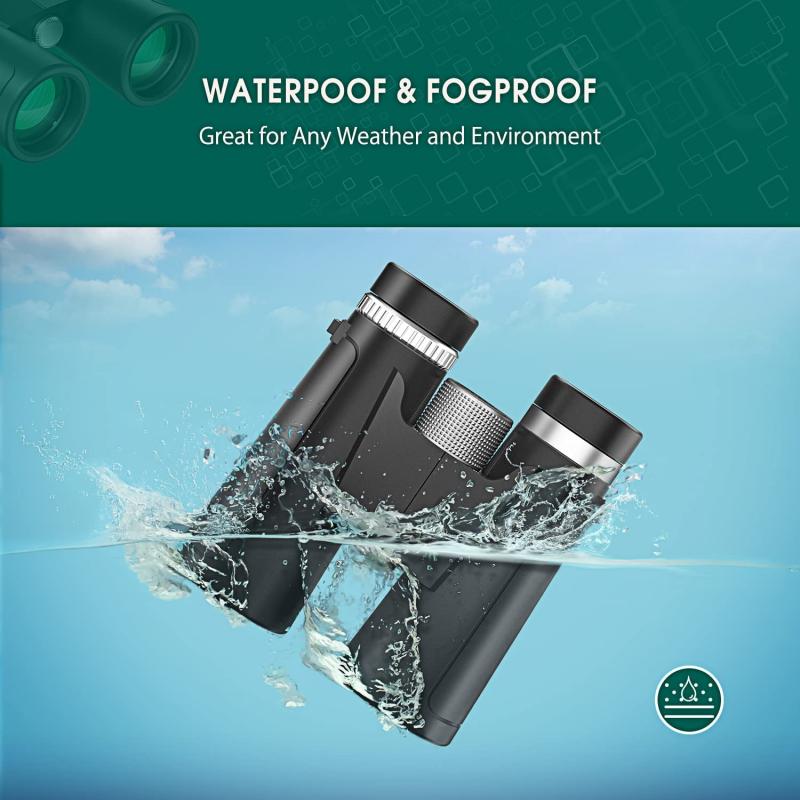
4、 Editing and post-production tips for overhead video
How to record overhead video with phone:
Recording overhead video with your phone is a great way to capture hands-on tutorials, cooking videos, and other types of content. Here are some tips to help you get started:
1. Use a tripod or stand: To keep your phone steady and avoid shaky footage, use a tripod or stand to hold your phone in place.
2. Position your phone correctly: Make sure your phone is positioned directly above the subject you're filming. You can use a phone holder or clamp to attach your phone to a tripod or stand and adjust the angle as needed.
3. Use natural lighting: Overhead videos look best when they're well-lit, so try to film in a well-lit area or near a window with natural light.
4. Use a remote or timer: To avoid shaking the camera when you start and stop recording, use a remote or timer to start and stop the recording.
5. Use a high-quality camera app: Some camera apps offer more advanced features than the default camera app on your phone. Look for an app that allows you to adjust the exposure, focus, and white balance.
Editing and post-production tips for overhead video:
Once you've recorded your overhead video, it's time to edit and post-produce it. Here are some tips to help you get the most out of your footage:
1. Use a video editing app: There are many video editing apps available for both iOS and Android devices. Look for an app that offers basic editing tools like trimming, cropping, and adding text.
2. Add music or sound effects: Adding music or sound effects can help enhance your video and make it more engaging for viewers.
3. Use transitions: Transitions can help smooth out cuts between different shots and make your video look more polished.
4. Add captions or subtitles: If your video includes spoken instructions or dialogue, consider adding captions or subtitles to make it more accessible to viewers.
5. Optimize for social media: If you plan to share your video on social media, make sure to optimize it for each platform. For example, Instagram videos should be no longer than 60 seconds and should be in a square format.
In conclusion, recording overhead video with your phone is a great way to create engaging content. By following these tips for recording and editing, you can create high-quality videos that will capture your audience's attention.
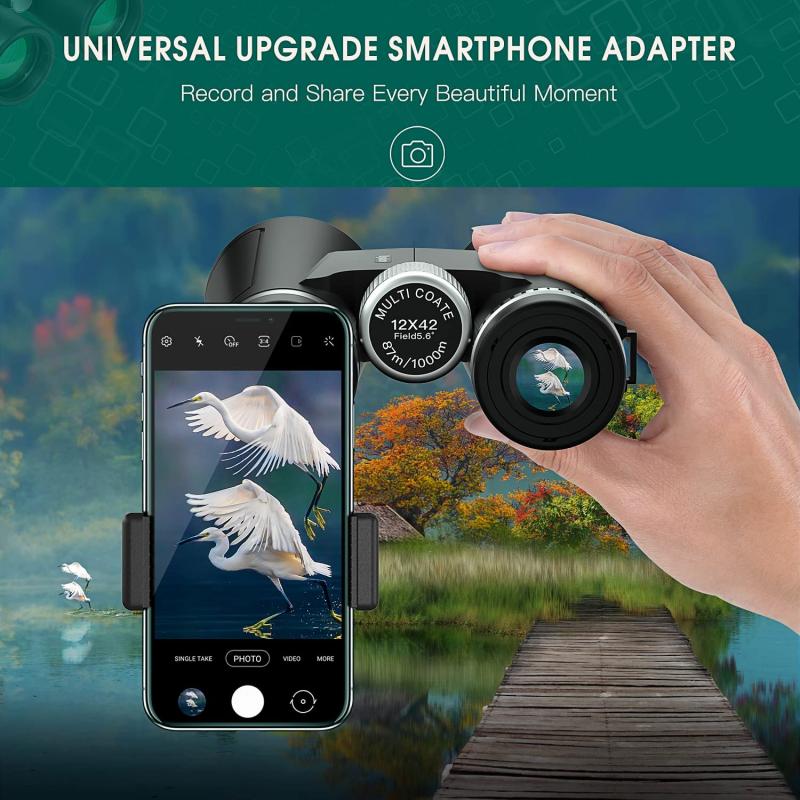







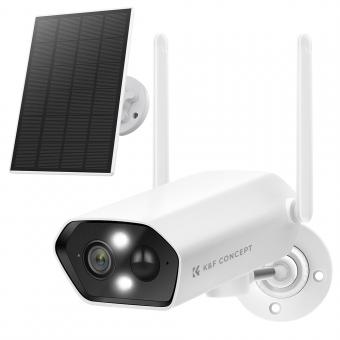




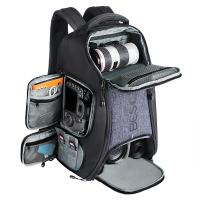
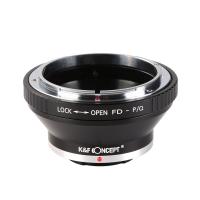


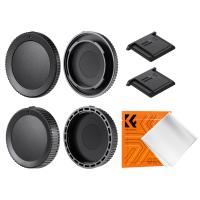

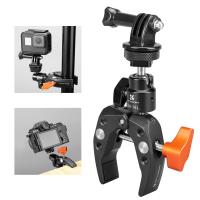


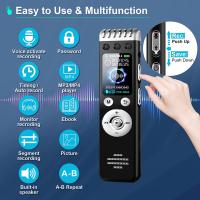


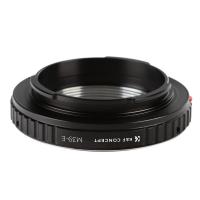
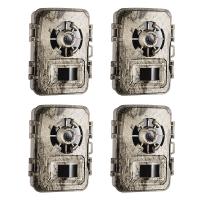
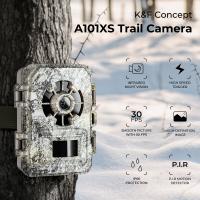
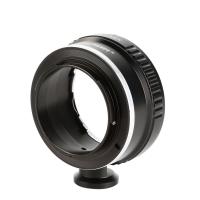
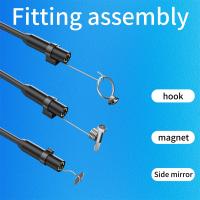
There are no comments for this blog.